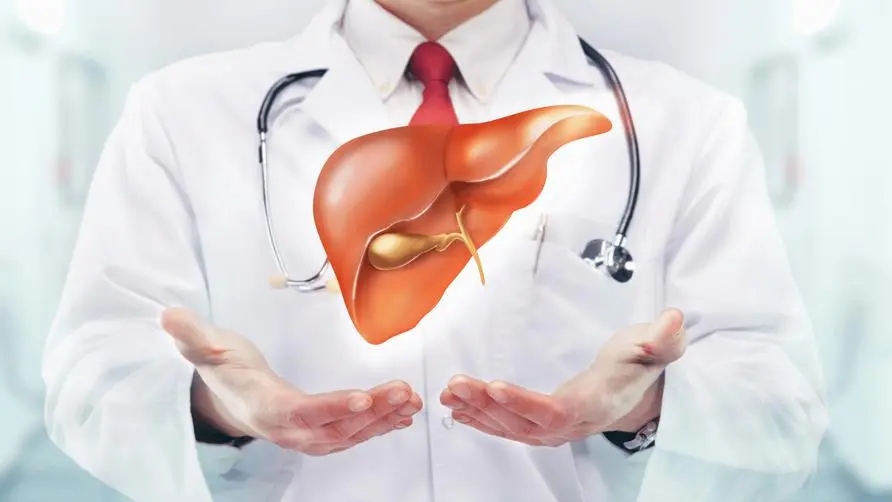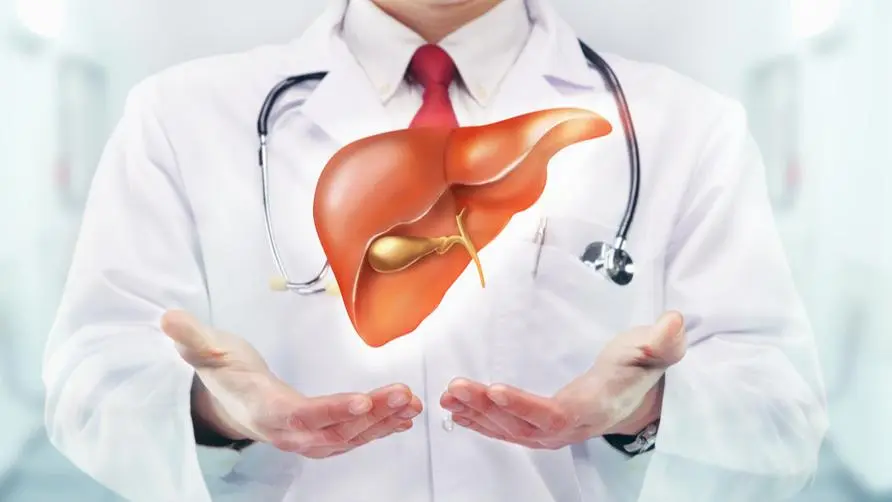If the liver index in the health check is normal, is there still hepatitis B or hepatitis C? Category 2 people must be screened early

Are hepatitis B and hepatitis C the main causes of liver cancer? Who is at high risk for hepatitis C?
Liver cancer ranks second in the number of cancer deaths. Among the “liver cancer trilogy” from chronic hepatitis to cirrhosis and eventually liver cancer, hepatitis B and hepatitis C are the main causes. Once infected with hepatitis B and hepatitis C, about 70% to 80% will evolve into chronic hepatitis, and risk cirrhosis and liver cancer.
Professor Dai Jiayan, deputy director of the Chung Ho Memorial Hospital affiliated to Kaohsiung Medical University, said in an interview that preventing and treating hepatitis B and C is the key to reducing the threat of liver disease. The current carrier rate of hepatitis B has been reduced to very low levels. Even if a pregnant mother is infected, she can avoid transmitting it to her child through vaccination or oral medication. In comparison, the high-risk groups for hepatitis C are slightly distributed among the young and old.
“It is indeed found that there are two peaks (peaks) among the risk groups for hepatitis C. One group belongs to the elderly and senior groups, and the other group is the young group!” Dr. Dai Jiayan explained that in the early years, due to environmental and medical factors, the majority of hepatitis C belts were in the elderly population. Now, young people need to be reminded to avoid sharing needles, toothbrushes, ear piercings or tattoos to avoid increasing the risk of hepatitis C infection.
If the liver index in the health examination is normal, does it mean that there is no hepatitis B or hepatitis C virus?
If the liver index is normal, does it mean the liver is healthy? Dr. Dai Jiayan said that chronic hepatitis carriers may not have obvious symptoms, and the normal liver index in the adult health examination report does not mean that they do not have hepatitis B or hepatitis C virus infection. However, once chronic hepatitis is allowed to be infected for a long time and evolves into cirrhosis, liver cancer or even symptoms, the disease may have progressed to a relatively advanced stage, and the treatment effect and prognosis are quite unsatisfactory.
“We hope to find these two groups of people as soon as possible. One group is people whose liver function is normal in health examinations, but actually has hepatitis B and C virus carriers; the other group is people who do not see a doctor or draw blood at all, especially in remote areas. High-risk groups in the area. Help them get screened for hepatitis B and hepatitis C as early as possible, so that when they come to the clinic with symptoms, they may already have advanced liver cancer and have 3-6 months left to live!”
Dr. Dai Jiayan said that among hepatitis B carriers, some patients have severe inflammation and develop liver cirrhosis within a few years, while others have no symptoms until they are 6 or 70 years old. The liver index of some patients with hepatitis C will soar to more than 2 or 300, while some patients’ liver function is quite normal. The public is reminded that it is most important to undergo screening and early treatment to clear the virus.
Adults should undergo hepatitis screening and follow-up regularly after treatment
“After treatment of hepatitis, regular follow-up is very important, because the liver cells may have degenerated, so be sure to come back to the doctor!” Dr. Dai Jiayan pointed out that there is still a certain risk of liver cancer after the hepatitis virus is eliminated. Patients with severe liver cirrhosis should be followed up every 3-6 months; those without cirrhosis should be followed up regularly every six months to a year; if the liver has no fibrosis at all, it should be followed up every 1-2 years.
Dr. Dai Jiayan suggested that the Taiwan Health Promotion Administration subsidizes adults aged 45-79 to receive a free hepatitis screening once in their lifetime. Adults not covered by the subsidy should also receive regular health check-ups. Doctors call on Taiwanese people to have a high prevalence of liver disease. Public and private enterprises should shoulder social responsibilities and sustainable management concepts, appropriately subsidize employees for hepatitis screening, and help more people pay attention to liver health early and stay away from the risk of chronic hepatitis and liver cancer.
Further reading:
The clinic can also screen for hepatitis B and C! With asymptomatic chronic hepatitis, the viral load in her body exceeded 50 million





